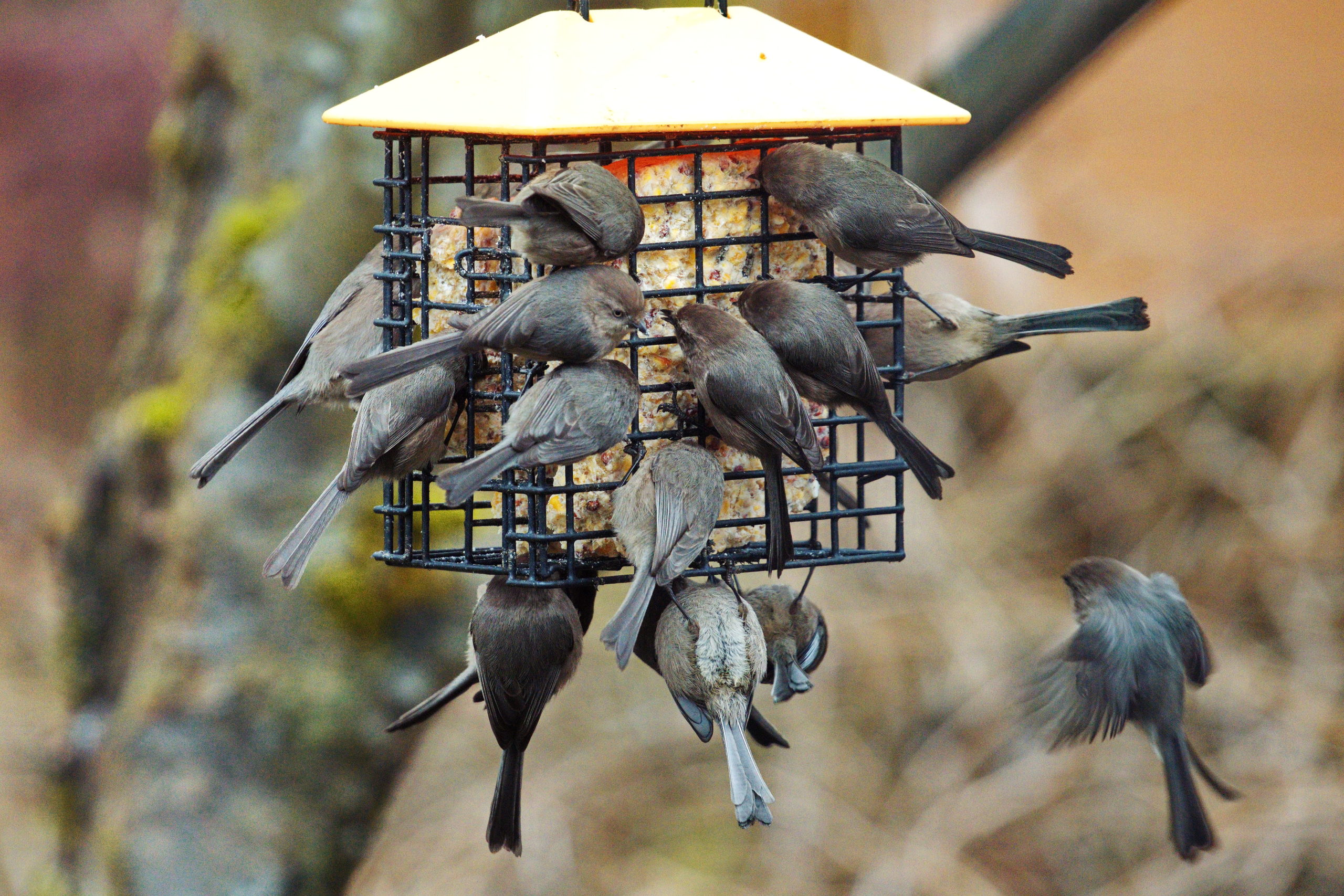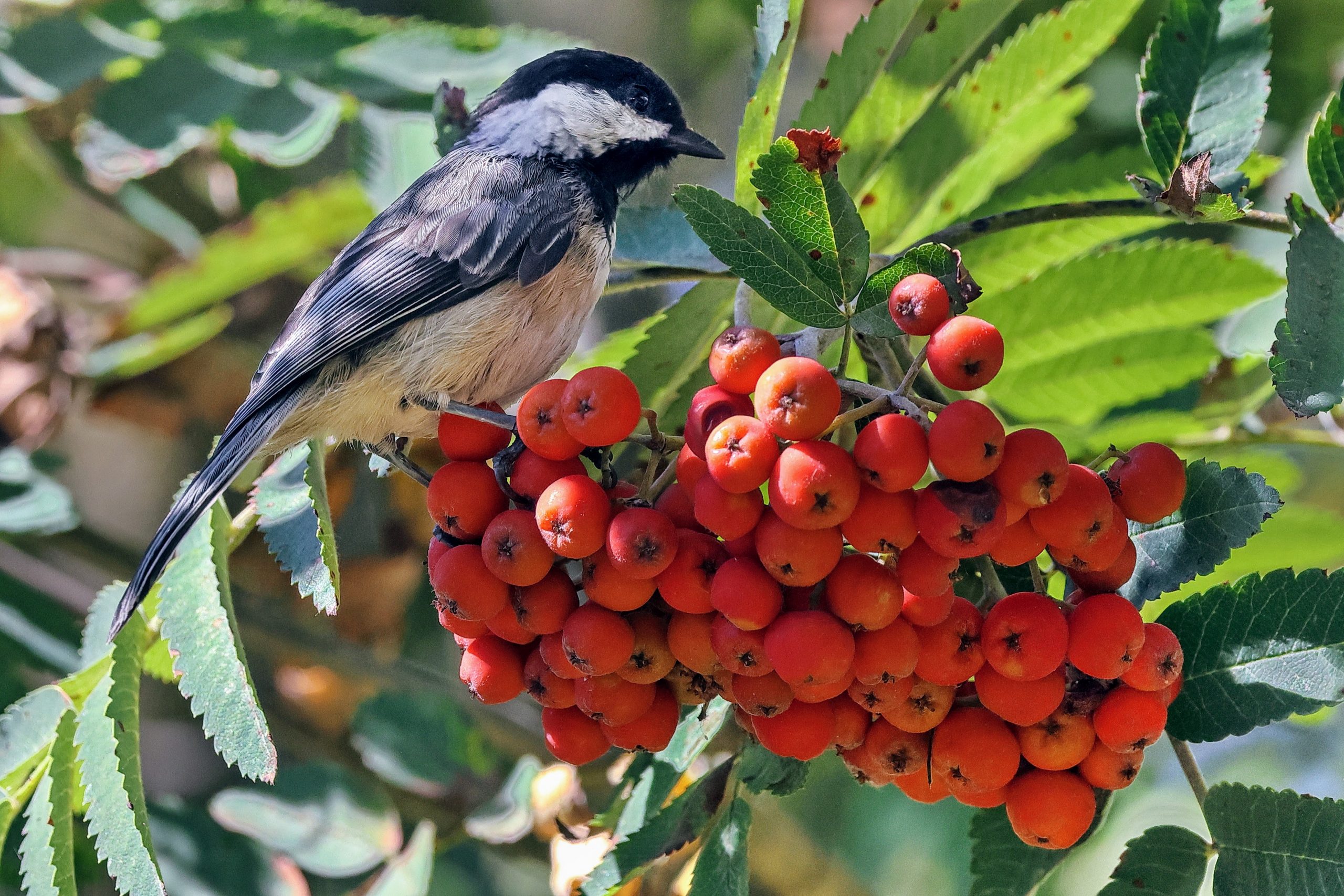Support Us
Since 1979 more than 140,000 animals have been treated by Wildlife Rescue.
Thanks to the support of individuals like you, Wildlife Rescue can provide a lifeline for animals in distress.
 Fall and Winter Bird Feeder Guidance Many of us like to give wildlife a helping hand by providing bird feeders over the cold fall and winter months. With various avian diseases spreading during these months, it is important to be... Read More
Fall and Winter Bird Feeder Guidance Many of us like to give wildlife a helping hand by providing bird feeders over the cold fall and winter months. With various avian diseases spreading during these months, it is important to be... Read More
 Now that spring is well on its way, many of us are looking to get started on the season's gardening so that we can enjoy a beautiful outdoor space all summer. You can get your backyard ready for yourself and... Read More
Now that spring is well on its way, many of us are looking to get started on the season's gardening so that we can enjoy a beautiful outdoor space all summer. You can get your backyard ready for yourself and... Read More
Ideally, all hummingbird feeders should be taken down in September of each year before migration begins. Leaving feeders up will not discourage migration, as hummingbirds that migrate are instinctually driven to do so, however; it can alter their behaviors. In some cases, these feeders are left up unknowingly and without proper care, which can ultimately lead to the fungal infections, starvation and death of the hummingbirds which have become dependent on them for survival.
Read MoreLike many other birds, Black-headed Grosbeak breed in British Columbia and then migrate south to warmer climates. The Black-headed Grosbeak males are easily identifiable by its orange breasts, blackheads, and black and white wings. Females have brown heads and orange and brown breasts. Both males and females have large bills that assist them in gleaning foliage and assembling nests.
Read MoreWaxwing’s diet mainly revolves around fruits and berries (such as strawberries, mulberries, and raspberries). Large quantities of over-ripe fruit that contain alcohol sugar from the fruit converts into alcohol through fermentation. This can be fatal for a Cedar Waxwings diet by causing disorientation leading to window strikes.
Read MoreA familiar sight in British Columbia, male Spotted Towhees have reddish-orange flanks, black wings, and grey underwings, though the females have grey wings instead of black. These clever sparrows tend to dart from place to place by hopping rather than flying since they mainly forage for insects (such as beetles, ladybugs, crickets, grasshoppers, moths, and spiders), berries, seeds, and acorns (such as raspberries, blackberries, chickweed, oats, corn, and cherries).
Read MoreStaff and volunteers have worked hard in the last 3 weeks, providing, much-needed warmth and a nutritional diet of seeds, chick mix, and insects to ensure these babies can make it into adulthood and safely return home. They are now half their adult weight and are growing their flight feathers and crest feathers.
Read More